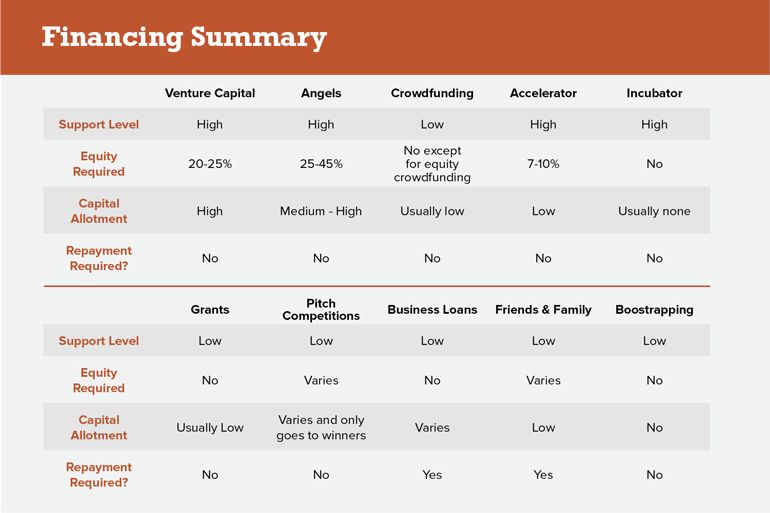
5 Ways to Reduce Small Business Startup Costs
Small businesses allow individuals to follow their passions, be their own bosses, and build their ideas from the ground up. They are the backbone of the economy.
Unfortunately, they are also expensive. But becoming an entrepreneur needn’t mean decimating your savings or robbing a bank—focus on these five strategies to start a business on a budget.
1. Prioritize planning
Make a list of startup costs. Stick with what’s necessary to operate effectively while minimizing additional costs. Develop your business plan.
List all items needed to start and operate your business, including computer equipment, POS systems, office supplies, furniture, and salaries. This helps build the financial section of your plan and estimate realistic startup costs.
By the end, you should have a budget that accounts for all needed items, a cash flow statement to track the financial health of your business, and an income statement to understand revenue and expenses. Planning ahead ensures sustainability and manageable upfront costs.
2. Track everything
Track every expense, from equipment purchases to advertising costs. Keeping records allows you to identify unnecessary expenses and act as evidence in case of a legal tussle. Keep receipts or use an accounting service for easy tax deductions.
Utilize cloud technology for easier expense tracking. Subscribe to online inventory management and order applications that integrate with your accounting software. This allows you to track business expenses, payroll, orders, and shipping from one software package.
3. Hire intently
Plan your staffing costs to reduce startup expenses. Consider hiring contractors or outsourcing specific areas of your business to avoid overpaying and unnecessary commitments. Contractors are hired based on the duration of the job and do not require benefits or social security taxes.
Outlining necessary employees in your business plan helps investors understand your team. Outstanding contractors can become long-term employees, expediting your hiring process.
4. Utilize upfront deductions
Take advantage of deductions available to small business owners. Hire an accountant to ensure you utilize every deduction possible. As you become more comfortable with your financials, consider managing your books on your own.
5. Consider bulk purchases
Compare prices, test products, and plan item usage for day-to-day business operations. Building relationships with vendors and service providers may lead to initial discounts. Be cautious and prioritize feasibility and cost savings before making larger purchases.
Planning is the key
Every cost-saving tip here is fueled by business planning. Without a solid plan, cost-saving steps are simply shots in the dark. Start with a business plan to reduce startup costs, test ideas, and approach cost-saving tactics tactically. Keep finding new ways to minimize expenses and be creative in saving money.
Hello!
I’m Andrew Brooks, a seasoned finance consultant from the USA and the mind behind phonenumber247.com.
My career is built on a foundation of helping individuals and businesses thrive financially in an ever-changing economic landscape. At phonenumber247.com, my aim is to demystify the complex world of finance, providing clear, actionable advice that can help you navigate your financial journey with confidence. Whether it’s personal finance management, investment strategies, or understanding the nuances of market dynamics, I’m here to share insights and tools that can propel you towards your financial goals.
Welcome to my digital space, where every piece of advice is a step closer to financial clarity and success!
